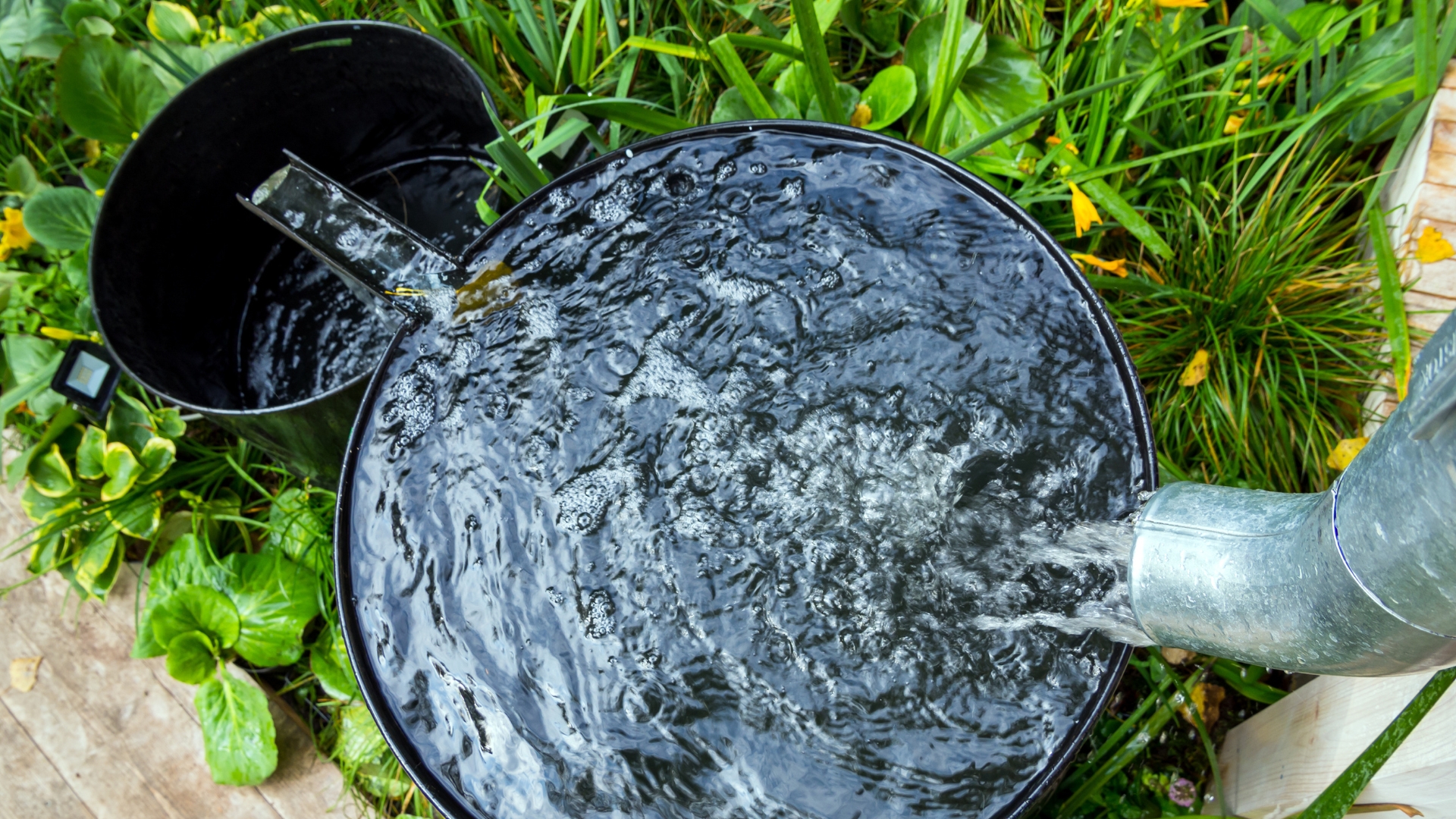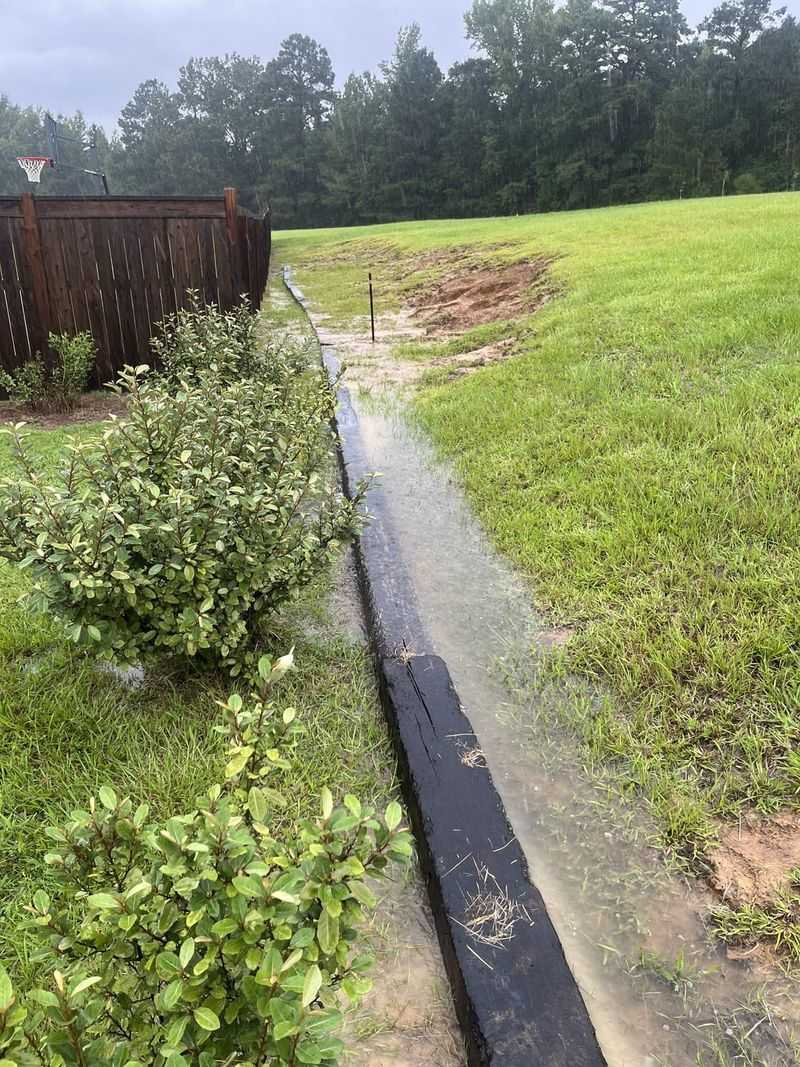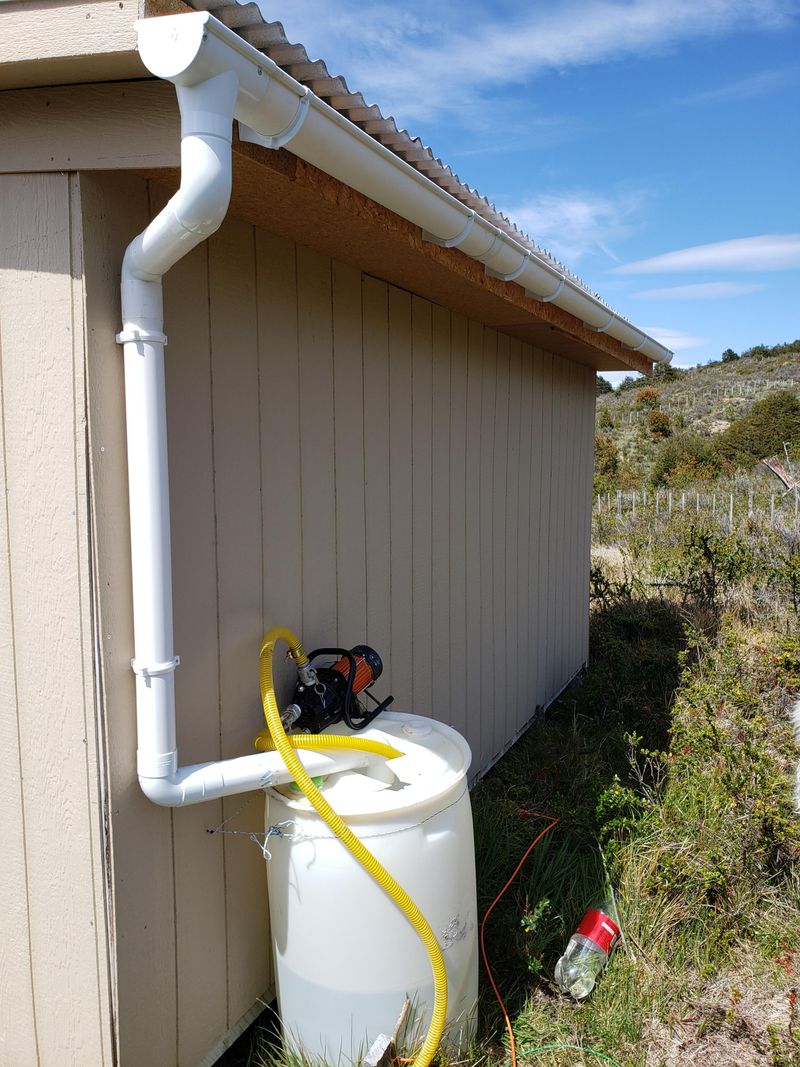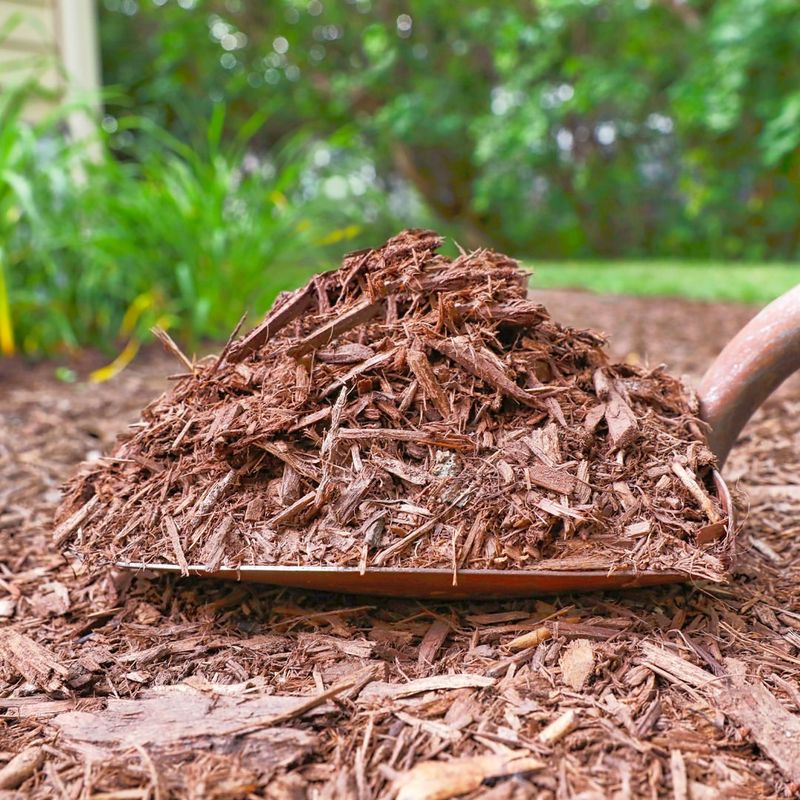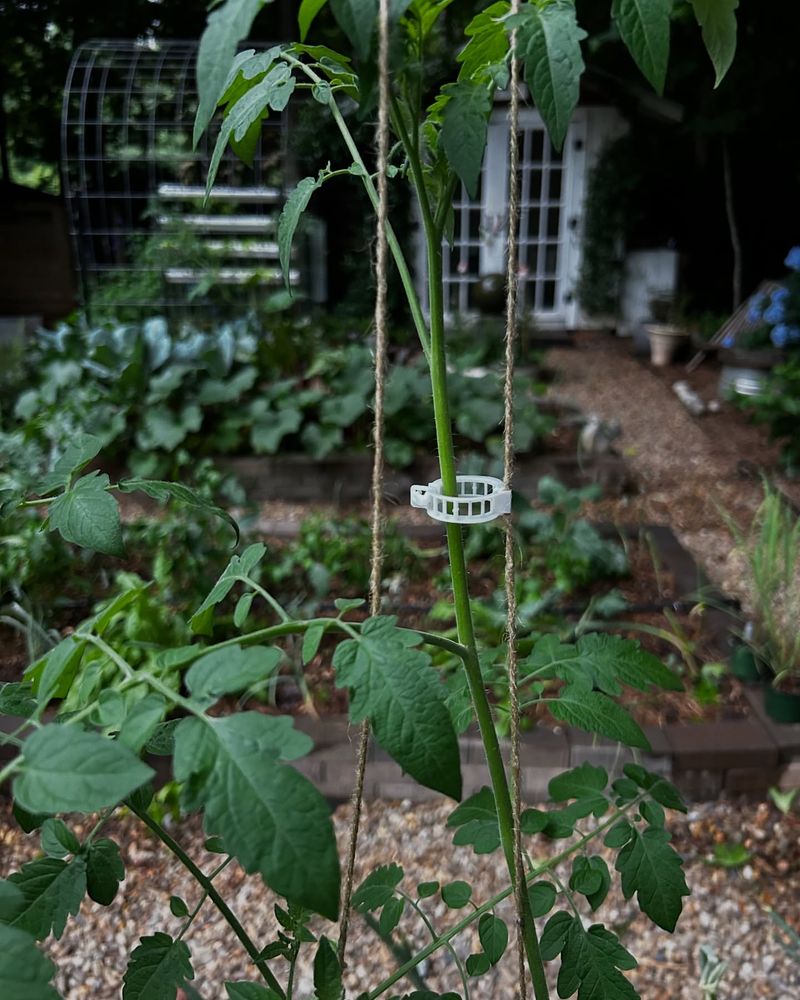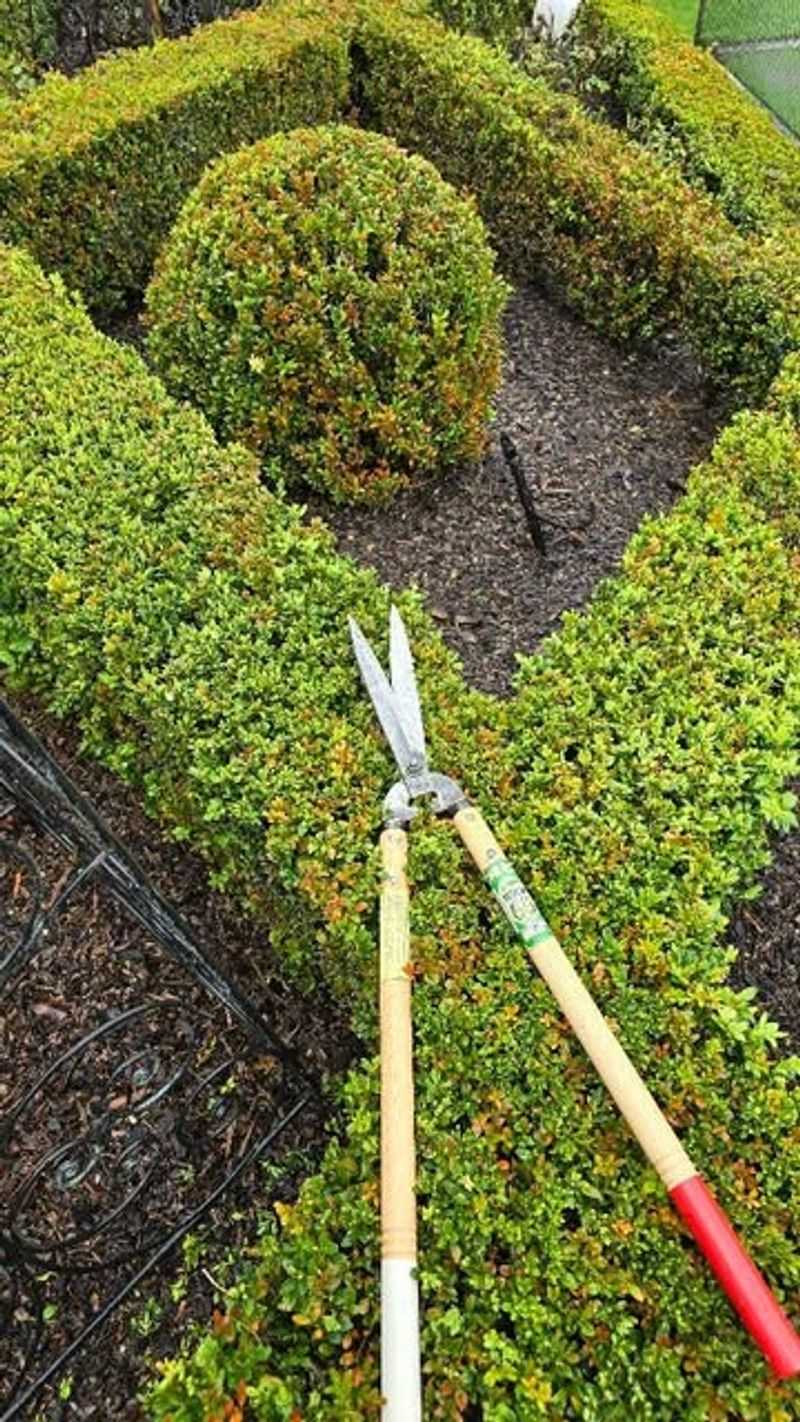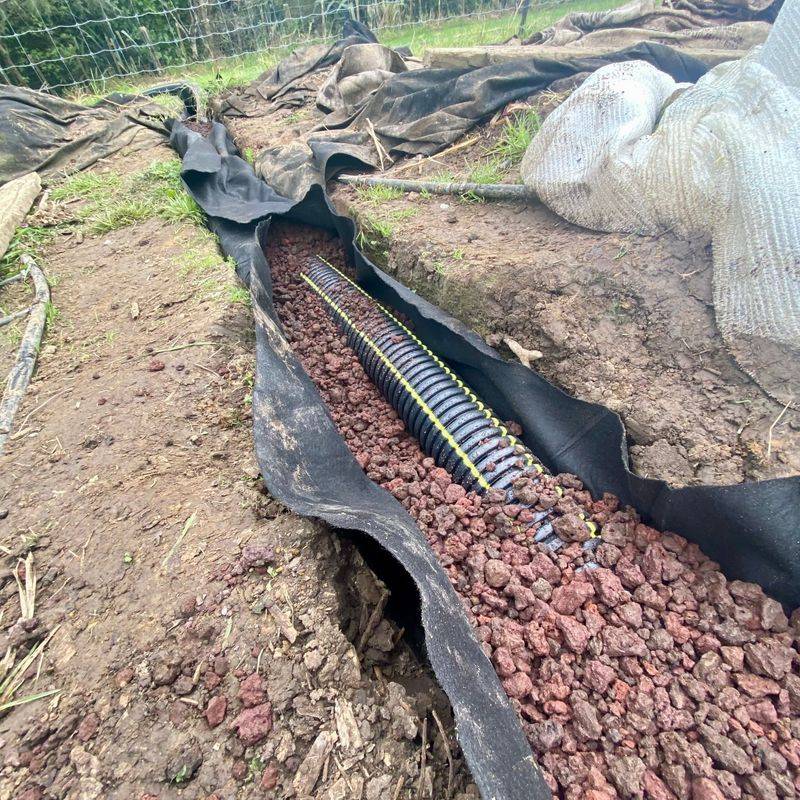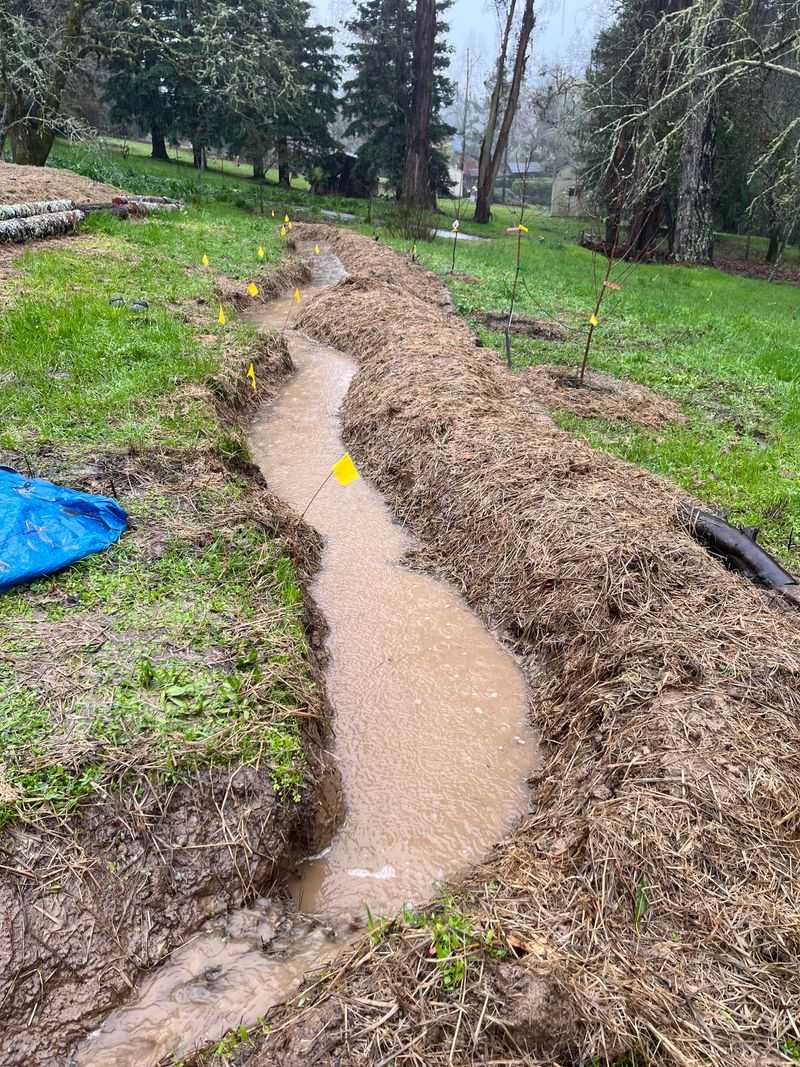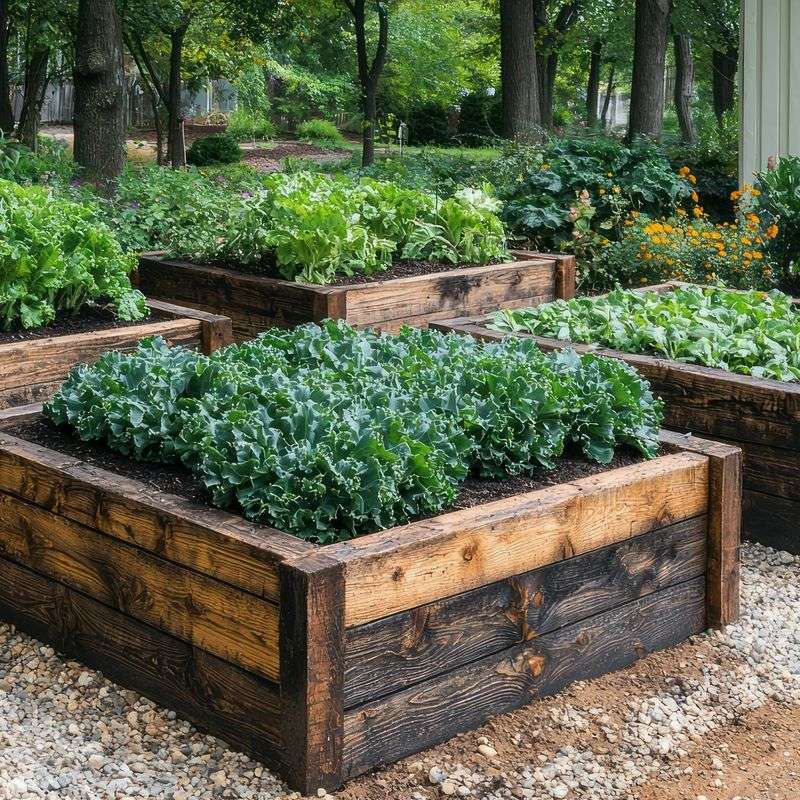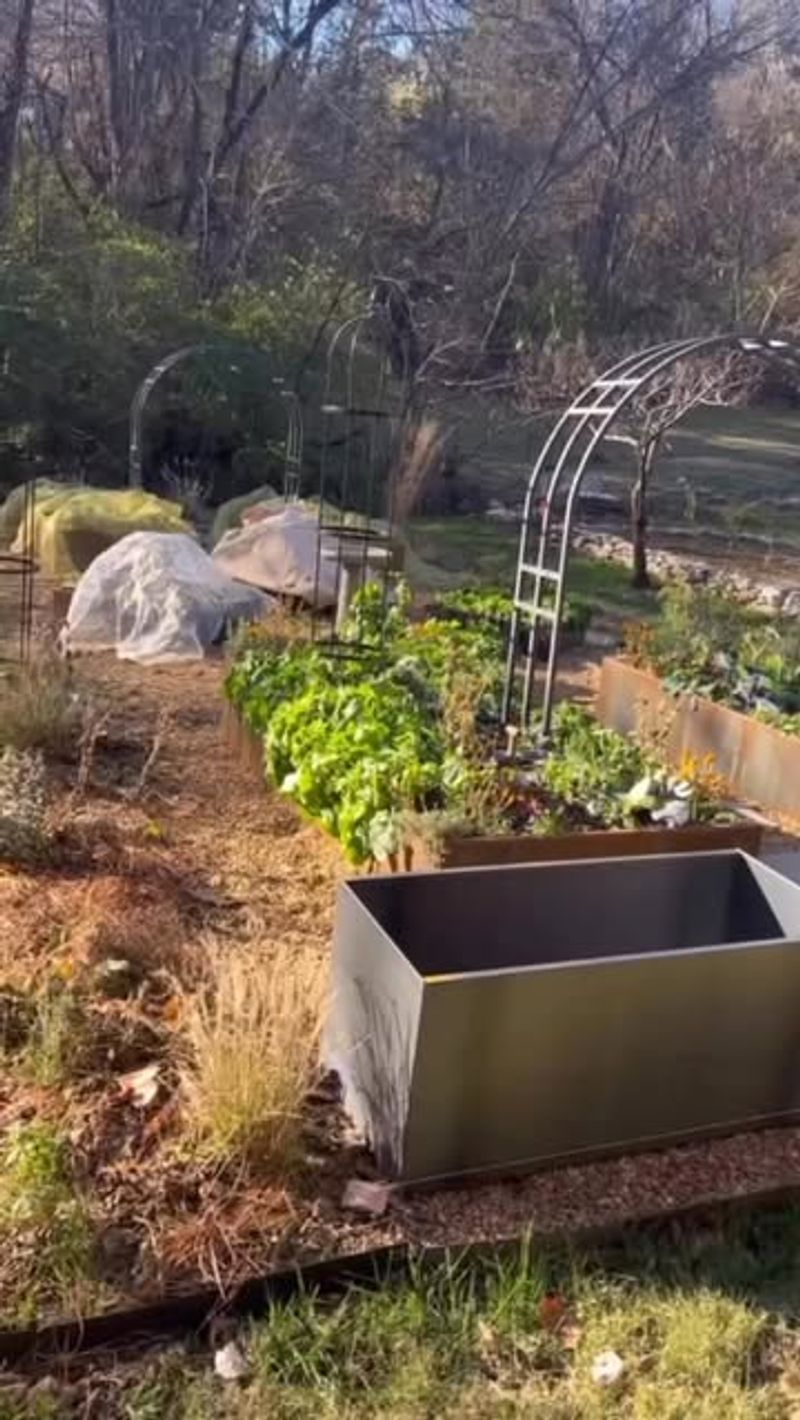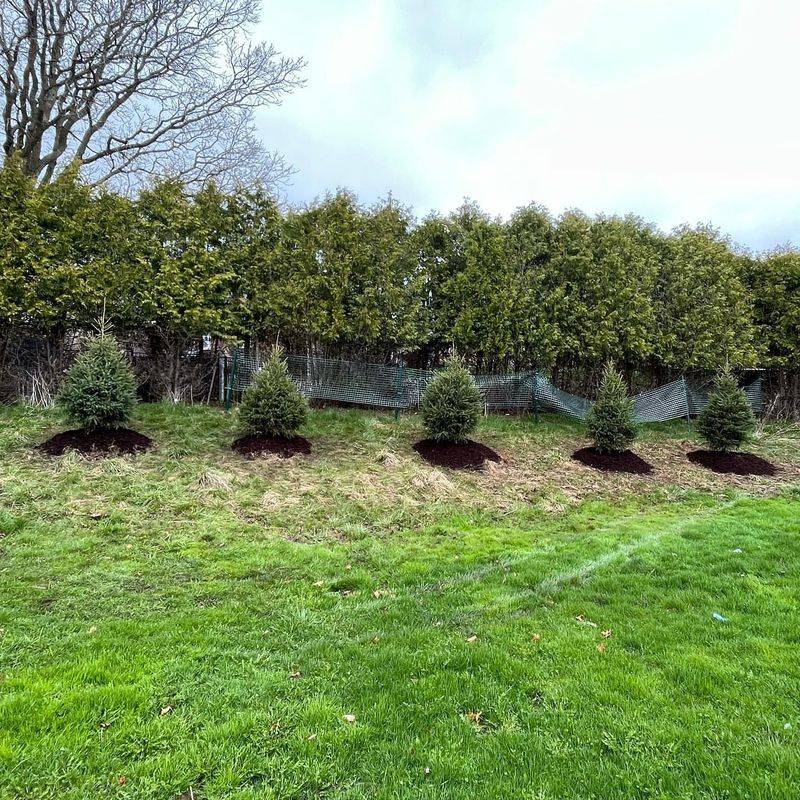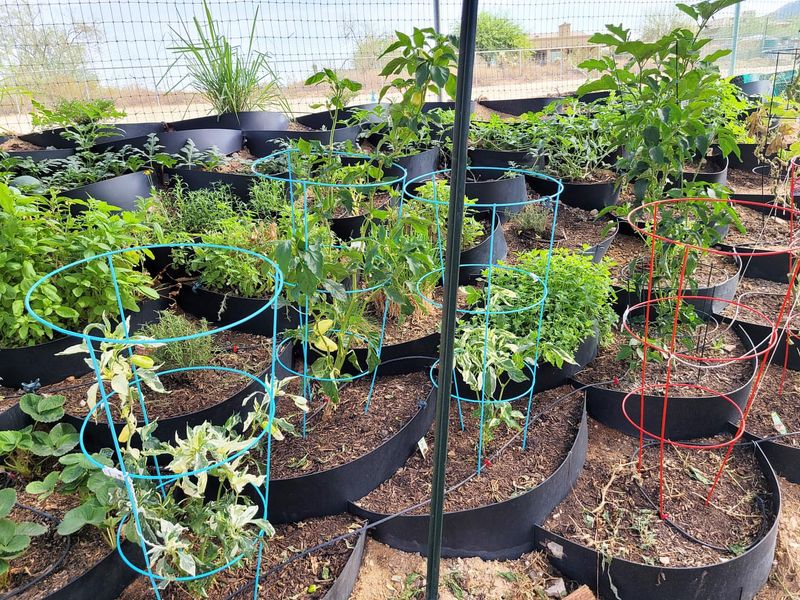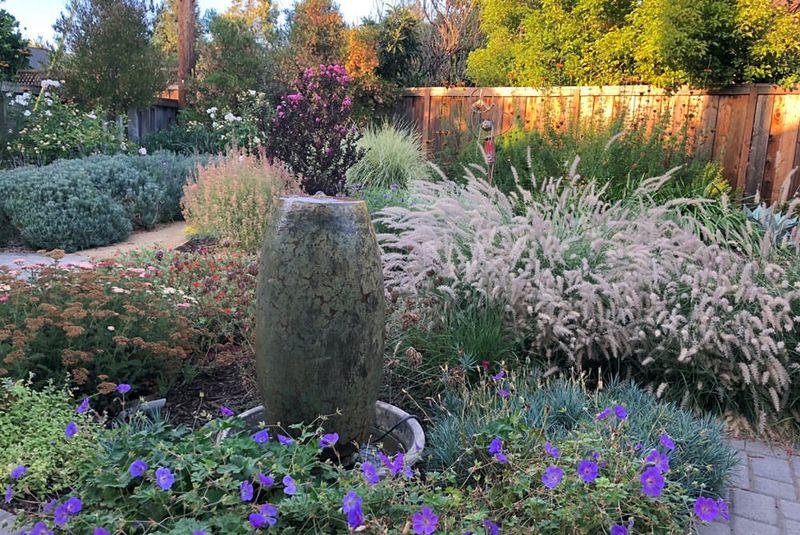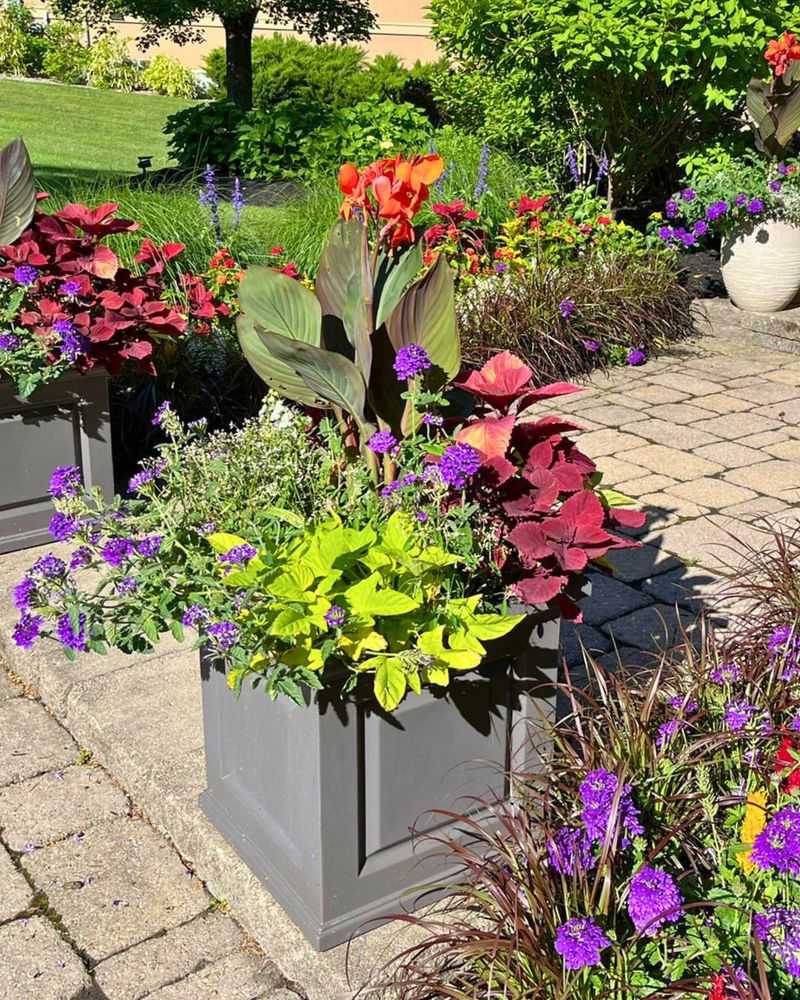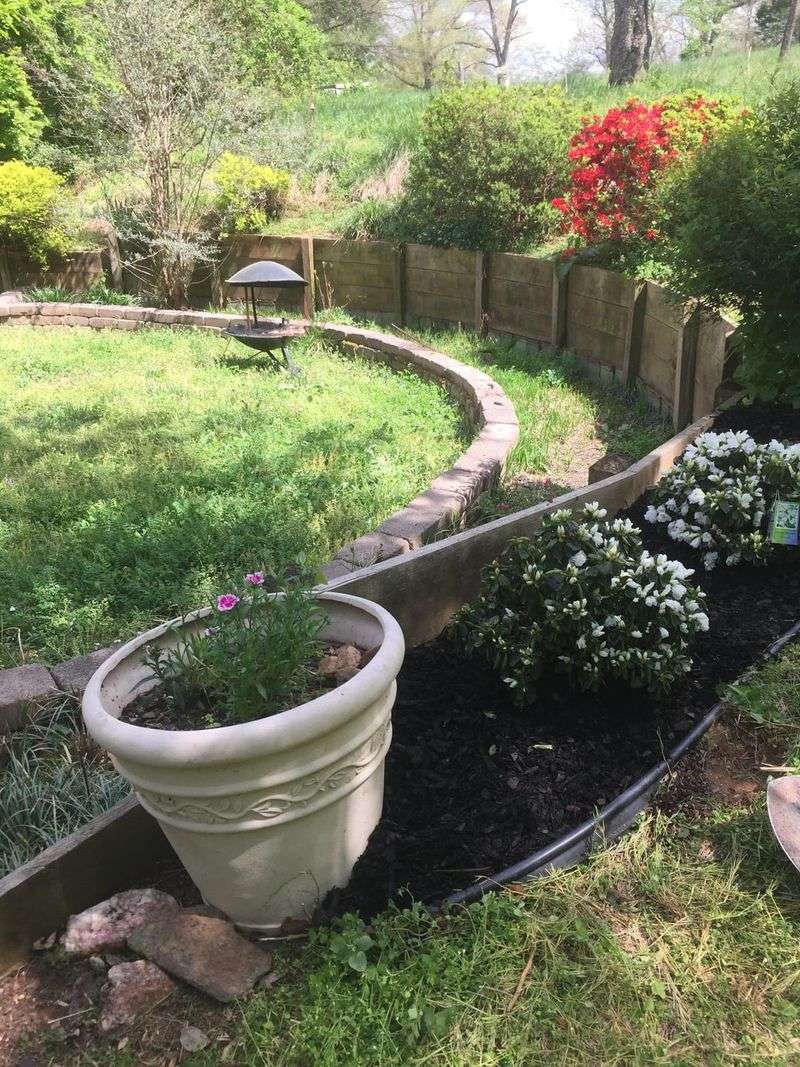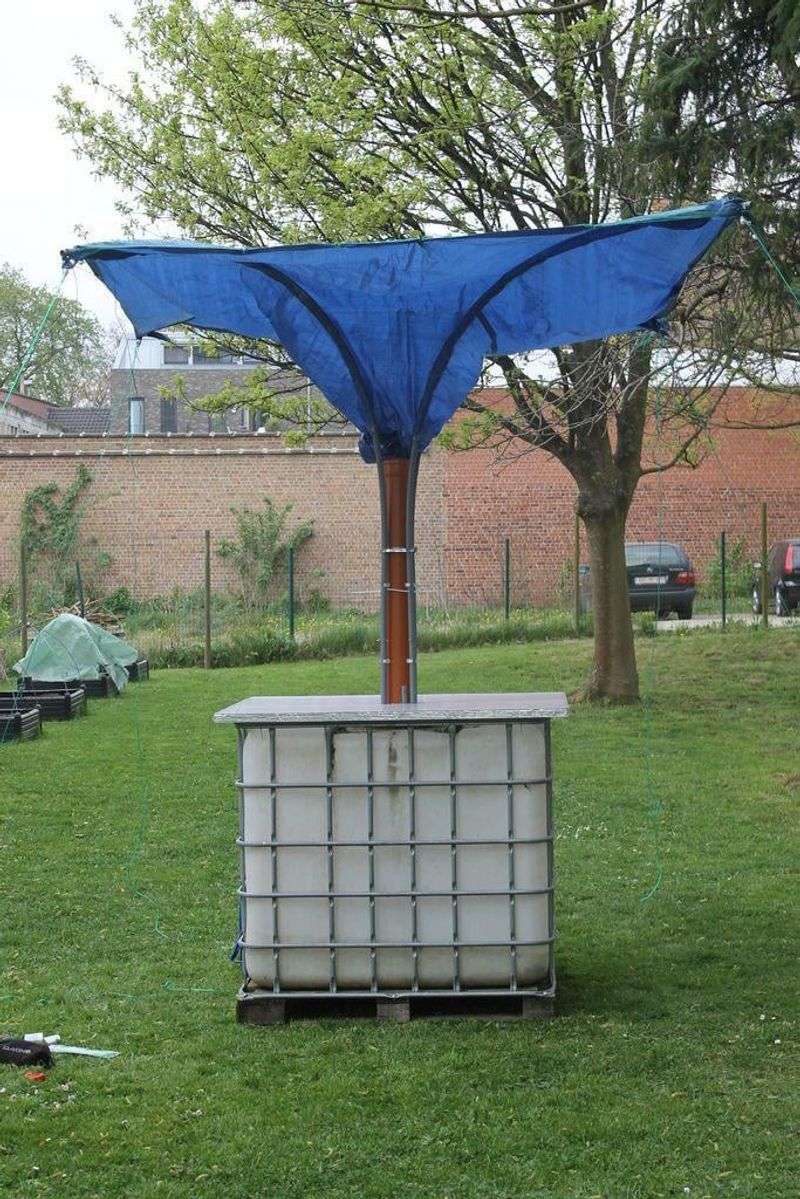The first time I gardened through Arizona’s monsoon season, I had no idea what I was doing—and my beds paid the price. Now I’ve got a routine that helps them handle all that rain without turning into a soggy mess.
A few tweaks like adding drainage, mulching right, and securing plants make a huge difference. Local gardeners swear by these steps, and honestly, so do I.
If you’re gearing up for the storms, a little prep now saves a lot of trouble later.
1. Build Berms and Basins
Creating small soil berms around plants helps capture rainwater exactly where it’s needed. Many Arizona gardeners shape these mini-dams during spring, ensuring each plant gets its own moisture reservoir.
These earthen barriers prevent precious water from running off too quickly. In Tucson and Phoenix areas, garden experts recommend berms 4-6 inches high—just enough to hold water without flooding plant crowns.
2. Install Rainwater Harvesting Systems
Setting up rain barrels or cisterns before monsoon season maximizes water collection. Smart gardeners throughout Arizona connect downspouts to storage containers, capturing hundreds of gallons during a single storm.
The stored bounty provides free irrigation long after the clouds have passed. In Flagstaff’s higher elevations, homeowners often install multiple barrels to prepare for less predictable rainfall patterns throughout the year.
3. Add Organic Mulch
Spreading a thick layer of mulch protects soil from erosion during heavy downpours. Wood chips, straw, or compost create a protective blanket that slows water’s path and prevents soil compaction.
Mulch also reduces evaporation, keeping moisture available longer for plant roots. Across Arizona’s various climate zones, from Yuma’s intense heat to Prescott’s milder temperatures, gardeners swear by this simple moisture-retention technique.
4. Secure Taller Plants
Staking vulnerable plants prevents wind damage during powerful monsoon gusts. Tomatoes, sunflowers, and tall ornamentals benefit from extra support installed before storms arrive.
Soft plant ties allow some movement without breakage. Phoenix gardeners often use metal stakes driven deep, as Arizona’s monsoon winds can exceed 50 mph, threatening even established perennials in otherwise well-prepared gardens.
5. Prune Strategically
Trimming trees and shrubs creates better wind flow, reducing storm damage potential. Removing dead branches eliminates hazards that could fall during high winds or become projectiles in severe weather.
Thinning dense growth also allows rainwater to reach soil more evenly. Throughout Arizona’s Sonoran Desert regions, gardeners schedule major pruning in spring, giving plants time to heal before monsoon season’s unpredictable weather patterns arrive.
6. Improve Soil Drainage
Amending clay soils with compost prevents waterlogging during heavy monsoon rains. Breaking up compacted areas allows water to penetrate deeper instead of pooling on the surface where it can damage plants.
Adding organic matter creates channels for proper drainage. In Sedona’s red soil regions, Arizona gardeners often mix in volcanic cinders, a local material that excellently balances moisture retention with drainage in monsoon-prone gardens.
7. Create Swales and Channels
Digging shallow trenches directs water flow away from vulnerable areas. These landscape features guide excess rainfall to where it’s most beneficial rather than causing erosion or flooding.
Many Scottsdale homeowners incorporate decorative rock-lined swales that double as landscape features. Across Arizona’s diverse regions, these water-harvesting techniques transform potential flooding problems into irrigation solutions during unpredictable monsoon downpours.
8. Cover Delicate Seedlings
Protecting young plants from pounding rain prevents damage to tender stems and leaves. Temporary covers made from repurposed containers or commercial cloches shield vulnerable seedlings while still allowing water to reach roots.
Mesa gardeners often use upside-down baskets weighted with rocks for quick protection. Throughout Arizona’s desert communities, this simple technique saves countless young plants from the sometimes violent monsoon downpours that characterize summer weather patterns.
9. Anchor Garden Structures
Reinforcing trellises, shade cloths, and garden furniture prevents wind damage. Additional stakes, sandbags, or permanent anchoring systems keep these items from becoming dangerous projectiles during sudden storms.
Tempe gardeners often use concrete footings for permanent structures in monsoon-prone areas. Throughout Arizona’s windy monsoon corridor, properly secured garden elements provide peace of mind when those famous dust storms roll across the desert landscape.
10. Plant Wind Breaks
Strategic placement of dense shrubs creates natural barriers against strong gusts. Native plants like creosote bush and desert hackberry stand up to monsoon winds while protecting more delicate garden specimens.
These living walls also reduce soil erosion from wind-driven rain. In northern Arizona communities like Payson, gardeners use evergreen varieties that provide year-round protection while thriving in the state’s challenging climate conditions.
11. Install Erosion Control Fabric
Placing landscape fabric on slopes prevents soil washout during heavy downpours. This permeable material allows water to penetrate while holding soil in place on inclined garden areas.
Tucson gardeners often cover fabric with decorative rock for both function and beauty. Throughout Arizona’s hilly regions, this practical solution helps maintain garden integrity despite the seasonal monsoon rains that can otherwise cause significant landscape damage.
12. Create Flood-Tolerant Zones
Designating low-lying areas as rain gardens maximizes natural water collection. Planting these spots with moisture-loving native species turns potential problem areas into garden assets during heavy storms.
Gilbert residents often incorporate desert willows and chuparosa in these wet zones. Across Arizona’s varied landscapes, these intentional low spots transform monsoon challenges into opportunities for creating diverse microhabitats within desert gardens.
13. Secure Potted Plants
Grouping containers together prevents tipping during high winds. Placing pots against walls or in protected corners keeps them stable when monsoon gusts sweep through.
Chandler gardeners often use heavy rocks in pot bottoms for added stability. Throughout Arizona’s urban areas, this simple technique prevents damaged plants and broken containers when those famous monsoon microbursts send patio furniture flying across neighborhood gardens.
14. Apply Protective Fungicides
Treating plants before humidity spikes prevents fungal diseases that thrive in monsoon conditions. Organic options like neem oil offer protection without harsh chemicals, preparing plants for the coming moisture.
Glendale gardeners often apply treatments in early June, just before the season begins. Throughout Arizona’s desert communities, this preventative approach helps maintain plant health during the challenging combination of heat and humidity that characterizes the state’s unique monsoon pattern.
15. Prepare Runoff Collection Points
Creating designated areas to capture street runoff turns waste into resource. Simple curb cuts or rock-lined channels direct municipal water into garden spaces instead of storm drains.
Prescott homeowners often place water-loving plants strategically near these collection points. Across Arizona’s water-conscious communities, this technique transforms monsoon storms from potential problems into free irrigation opportunities for desert-adapted landscapes.

